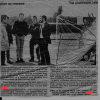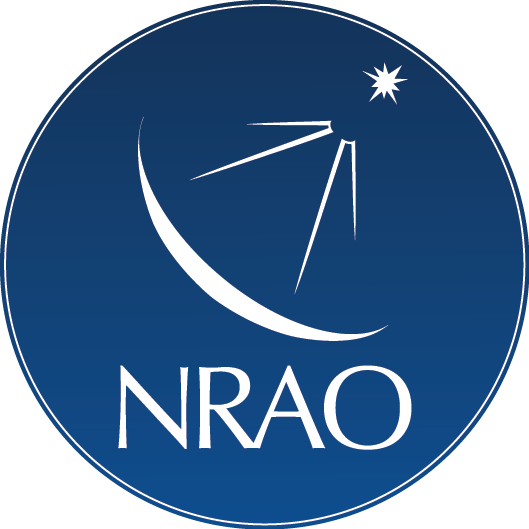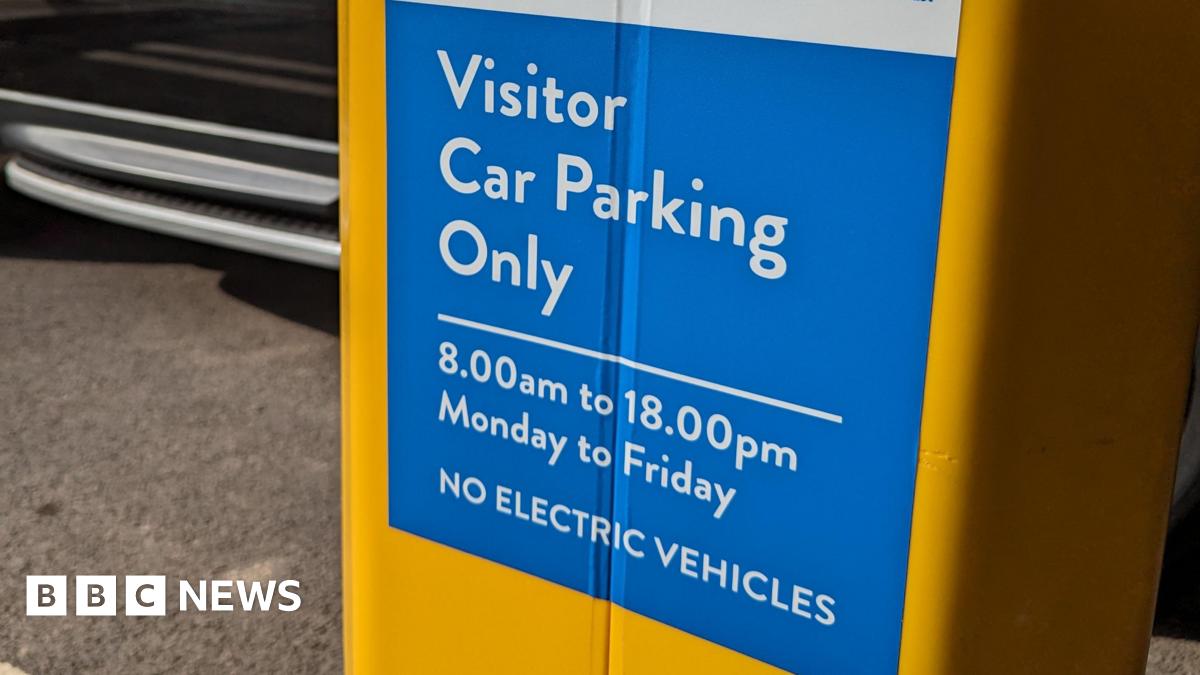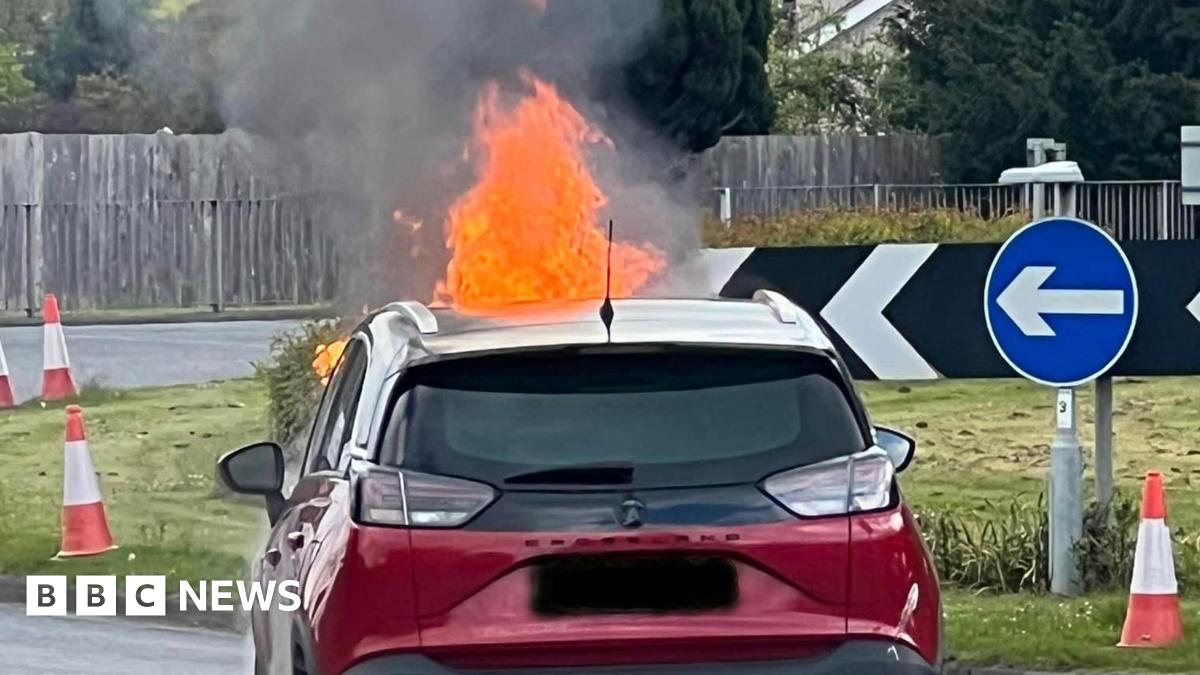Your mobile phone with modern technology can transmit a few miles. If you see an outside live BBC broadcast, they use a massive dish antenna on a truck to broadcast about 50 miles. The guys on the moon needed to transmit 1/2 million miles, and signal strength is an inverse square law, so you need 100 times the power to transmit 10 times as far. An average mobile TV transmitter uses around 8kw to transmit 50 miles. It would need 800kw to transmit 500 miles, and 800MW to transmit from the moon. Let's say, there isn't as much information in the moon broadcast as normal TV. To get it down to the level of a couple of hundred watts, which is about as much as they could spare, the information would have to be 1/ 4,000,000 of a normal TV broadcast. The antennae on the lander were about the size of a frying pan. What do you reckon?
I'm not going to talk about Kate Middleton. Her and her family pictures matter not a bit.
The moon is much closer than you think. Not half a million miles, not even a quarter of a million miles.
Radio - you are in my area now. Forgive my corrections to some of your assertions. We are both interested in the truth I think.
Mobile phones have VERY compromised internal antennas. They are not pointed in the direction of the base station mast and they are shielded by the hand holding them, buildings and objects in the environment. Space comms are an entirely different world.
Apollo Comms were done in the S Band at 2.1 GHz uplink using dish antennas which give huge amounts of gain by beaming all the energy in a precise direction. The Uplink power was about 20KW to be received by small dish antenna on the Lunar module.
Downlink comms - the voice, telemetry and TV data, used only 11 watts per carrier, beamed through a small dish to earth, but received by massive - REALLY massive dishes here. The larger the radio dish, the greater the gain in signal reception. You can use the analogy of a REALLY big ear. The Goldstone DSN antenna is 70 meters in diameter. It has a gain of about 63 dbi. As an engineer you know about decibels, so you can work it out that this is a truly huge gain in signal power collected. The signal collected is 2 million times what the antenna itself would connect without that massive dish focusing all the energy it collects onto the actual antenna itself.
If you are interested, and I hope you are since you raised this, you can look at this fascinating page showing what the DSN (Deep Space Network) is receiving right now in each of its several large antennas in different parts of the world. You need several of them because of course, the earth is rotating in space and you need to point them at the spacecraft you want to transmit to or receive from.
The real time status of communications with our deep space explorers

eyes.nasa.gov
If you click on a particular active antenna in the left pane of the graphic and then at the bottom of the right pane, click 'More', you will get all kinds of detail on uplink and downlink power and signal strength in -dbm.
I like to check out the data rate and signal power received when it is communicating with the Voyager Probes of which the most distant is now 15.1 Billion miles away. They get surprising signal strength from Voyagers sent at only 23 watts from Voyager, 15 Billion miles away. The Moon is easy - a mere 239 thousand miles.
Another very relevant feature in calculating required signal power to maintain a radio link, is the bandwidth of the signal required. This you refer to obliquely in your post when you mention the
amount of data being transmitted. The greater the radio spectrum required to carry the amount of data, the more power required to carry it. As an example - simple compressed audio like 2g mobile phone channel uses a small amount of radio spectrum and gives muffled audio, but can work effectively with much weaker signal level than 4g which has FAR better hi fidelity audio and data carrying capacity (Mbits a second). 5G (much more bandwidth) requires even higher signal strength at both receivers, which is one reason that the cell size of 5G is so much smaller. Another reason is that you get to share the same radio spectrum among more users that way (smaller cells) giving them a greater share of the available data link each.
The above is relevant because all of the Apollo data was low bandwidth stuff. The TV was very low quality and was transmitted, as I said, on an 11 watt carrier. The moon was so easy that some Radio Amateurs were able to receive the audio channels, and even today some Radio Amateur operators communicate with stations on earth by bouncing signals off the moon, using it as a VERY bad mirror.
I have a radio transmitting license, and back in the 1980s - about 1984, I was interested in space coms and I regularly received weather satellite signals and spacecraft telemetry on home built equipment. I made my own dishes out of wire mesh and dowling and built my own radio gear and a frame store to capture and display the data. Here is a picture from a newspaper article of me (beardy guy) with some Chinese officials demonstrating a setup I had built with some sixth form students. We also used to receive Russian cosmonauts talking on a 143MHZ downlink AM signal from the Mir space station. I also have a confirmation of two way communication with a Russian Amateur Radio satellite which I managed to catch in the 1980s. I transmitted in good morse code, the message: <its call sign> this is <my callsign>. It responded <my callsign> this is <its callsign>. I think there is an old radio tape of it, though I don't know where. That was done with about 25 watts uplink power and a steerable home made beam antenna on 144.621 MHZ and received on an omni directional wire antenna on 28.XXX Mhz. I can't remember the exact frequencies, now, but I remember that as well as swinging the uplink antenna with my rotator to keep the satellite in the beam, I also had to change the dial frequency to allow for the doppler shift as it was speeding towards me, over me and then speeding away. The radio frequency changes as it moves. Morse was used because it has a very low data rate and requires tiny amounts of radio bandwidth so it is comparatively easy with low equipment cost to establish a link. Morse will get through with tiny amounts of radio power and very weak signals.
All of that RS7 satellite link and our VHF and low microwave weather satellite reception was done before decent home computers were available and users had to calculate the satellite position from the ephemeris published in magazines for the particular satellite. It was pretty complicated. The home made chicken wire and dowling antenna in the photo was optimised for 1691Mhz. The actual antenna at the focal point of the dish was a small dipole made of stiff wire - two pieces, 59mm long.


slate.com












![20240503_153140[1].jpg](/forum/data/attachments/55/55391-392903200bf2e799d8d25bbdf0756f61.jpg)








